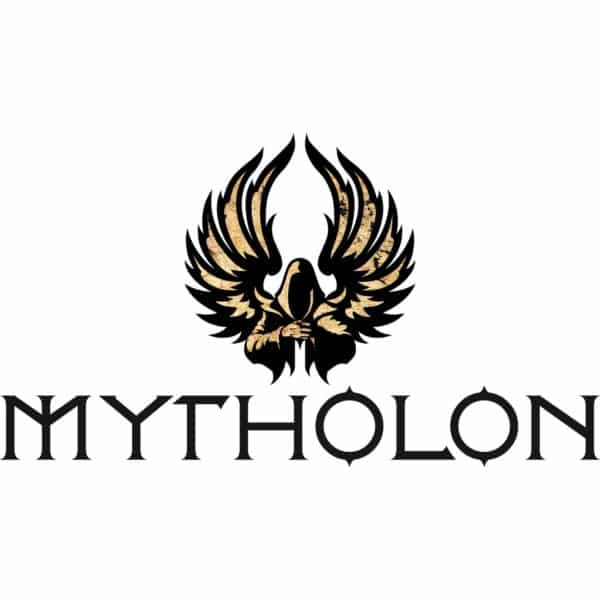We stand here, having come a long way. At the start of our tale in Part 1, Europe’s Papacy was corrupted and in the pocket of temporal interests, yes – but it was the unquestioned representative of the Almighty. By the winter of 1420 CE, all that had changed. Papal forces under Sigismund of Hungary were in full retreat – we saw in Part 2 how the Bohemian Hussites not only faced but defeated the putative armies of God. In this, the concluding part of our epic tale of the Hussite Wars (the most important war you’ve never heard of), we shall see the conflict morph from a dynastic adventure, into a pan-Christian Crusade. Facing massive armies drawn from all over Western Christendom, the Hussites will be pushed to the brink – but using a spectacular combination of modern military tactics, they will prevail, winning their own permanent Bohemian Church. But, at the last, a dagger in the back of fratricide will snatch their defeat from the jaws of victory. And we shall see that the fruits of that victory were not all that were are cracked up to be…
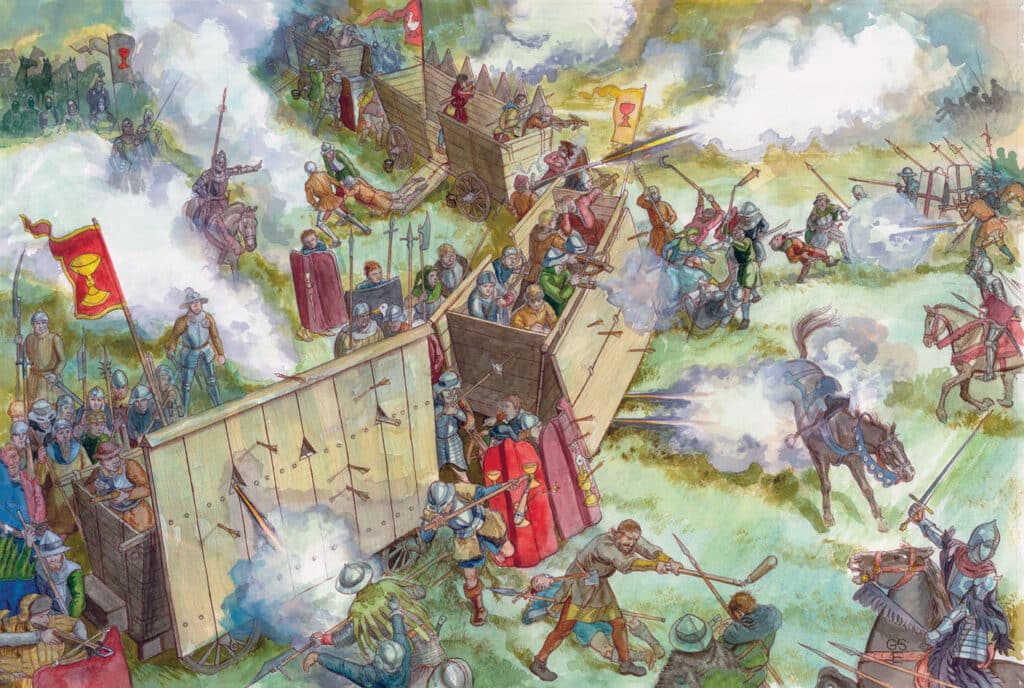
The Rule of the Hussites
Inside Bohemia, Hussite rule was secured. The moderate Utraquist faction sought to establish a society that was not an enormous departure from what went before: Bohemia had always had a strong history of decentralized government, with noble councils wielding significant power, and even electing their own King (at least formally). Now, the Hussite nobility simply ruled collectively without a King, united by their new religious zeal.
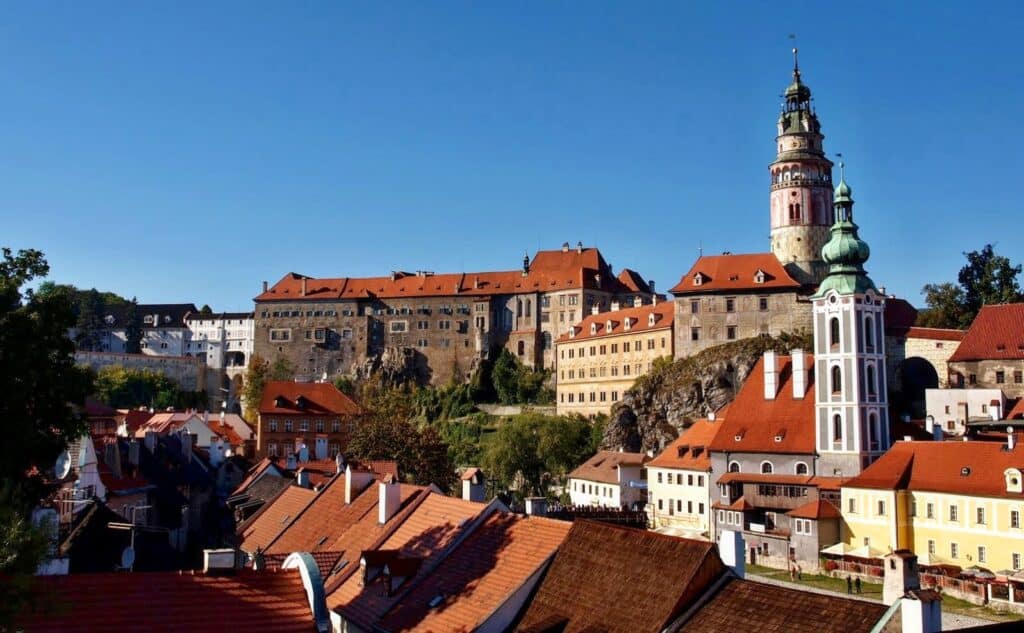
But the radical Taborites aimed to overturn everything. Their religion espoused a radical ‘levelling’, where people would live and work in an equal, socially just society – a sort of holy communism. Their settlements were managed by councils of ordinary citizens, elected by mass democratic participation. And Taborism was not even the most radical sect of the Hussite movement! Those such as the Adamites renounced large parts of Christian morality, forgoing chastity, faithfulness and even clothes in a series of Medieval hippie communes – they were harshly suppressed by Jan Žižka. But the Taborites were by far the most widespread of the radical wing of Hussitism, and most importantly Taborites under Žižka made up the bulk of the Hussites’ crack troops. Disagreements between the Utraquists and the Taborites even broke out into open hostilities more than once – at the Battle of Hořice in 1423, Jan Žižka defeated a Utraquist army to force a peace between the two factions. But factional warfare was always limited by the external threat of mutual annihilation at the hands of the invading Catholics.
Jan Žižka Earns His Rest
Not long after, in 1424, the hero Jan Žižka died. Improbably, Žižka was not slain by any sword – being an old man by this time, Žižka succumbed to illness. Having lost both his eyes on the battlefield, but having never lost a single battle – and at times near-single-handedly carrying the weight of the Hussite cause on his shoulders – Žižka set down his burden. It is for no small reason that he is still revered in Czechia today as a national hero. The chronicler Piccolomini relates that Žižka’s last wish was that his skin be made into war drums, so that he could continue to lead the Hussite armies after his death – though Piccolomini was an arch-Catholic writing a generation later and would himself go on to become Pope Pius II, this anecdote seems strangely in-character for the fanatical Hussite general. So great was Žižka’s father-figure stature that his former followers now styled themselves as the Orphans.
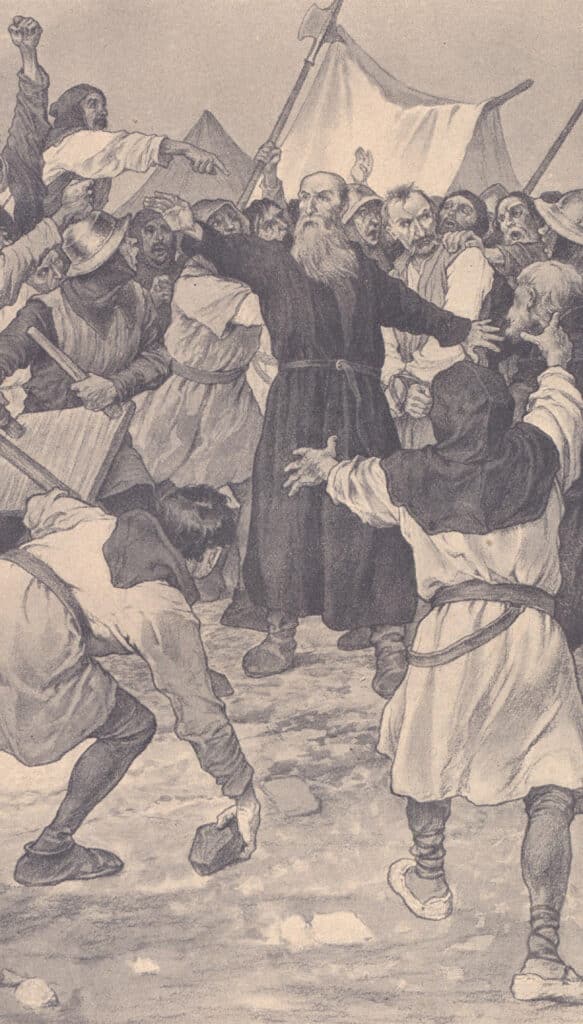
Sigismund of Hungary was quick to take advantage of this loss for the Hussites, launching a second Crusade in the hope that the Hussites would be easily scattered without their general – but a new generations of leaders, such as bald-headed Prokop the Great and Sigismund Korybut (the latter being a renegade Lithuanian prince) quickly rose to fill Žižka’s shoes. More than anything else, the continued spectacular victories after the death of Žižka should show us that the Hussite movement was not just a matter of a few great leaders, but of a mass movement of engaged, active citizens who sought to remake the world: it was perhaps one of the only successful Medieval revolutions.
The Hussite Wars in Europe
It should not be forgotten that the Hussite Wars were not just a personal struggle for Sigismund to subdue the rebellious Bohemians and seize his dead brother’s vacant throne: they existed within a complex dynamic of finely balanced powers across Europe. Sigismund’s perennial enemies in the Kingdom of Poland and the Grand Duchy of Lithuania relished the opportunity to needle their rival by giving succour to the Hussites. At one point, Utraquist nobles even offered the crown to Lithuania’s Grand Duke Vytautas, but his aim of bringing the Hussites back into the Catholic Church provoked rancour in wider Bohemia, and the arrangement came to naught. At the same time, the successive failure of Crusade after Crusade can be partly explained by the lack of unity amongst the German princes, who were far too busy dealing with the Emperor-less fallout of the messy reunification of the Vatican Standoff to project their power against the Hussites.
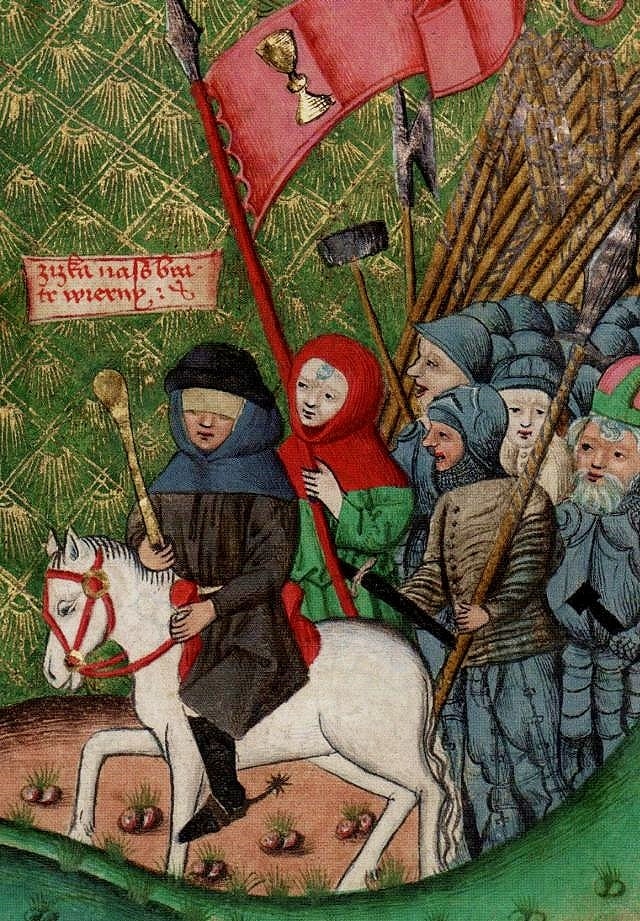
After Sigismund’s defeats in the Second Hussite Crusade in 1424, though he never renounced his claim to the Bohemian throne the Hungarian King slunk off to devote his time and money to more fruitful endeavours, such as fighting the Ottomans – but this did not remove the cause for the conflict. Though Sigismund’s personal ambition had been a strong factor in the First and Second Crusades, the anti-Hussite movement had by now gained a life of its own, and the later period of the Hussite Wars took on a more expressly Catholic aspect, managed by Papal legates in tandem with Crusaders recruited from all over Christendom. They could not countenance the emergence of an independent Bohemian Church, unless absolutely forced to do so.
But, finally, the Fifth Crusade to snuff out the Hussites foundered in 1431 outside the town of Domažlice. The scene that we saw in Part 1, with the Holy Roman army routing before the Hussites as they sang their war song, and with the hat of the Papal legate Cardinal Cesarini blown from his head in the retreat, is real. Cesarini’s hat became a symbol of Papal defeat, and can still be seen included in Medieval and Renaissance monuments in modern Czechia. The futility of repeated invasions into Bohemia was now beyond obvious – and thus, Papal envoys turned to diplomatic methods to achieve their ends.
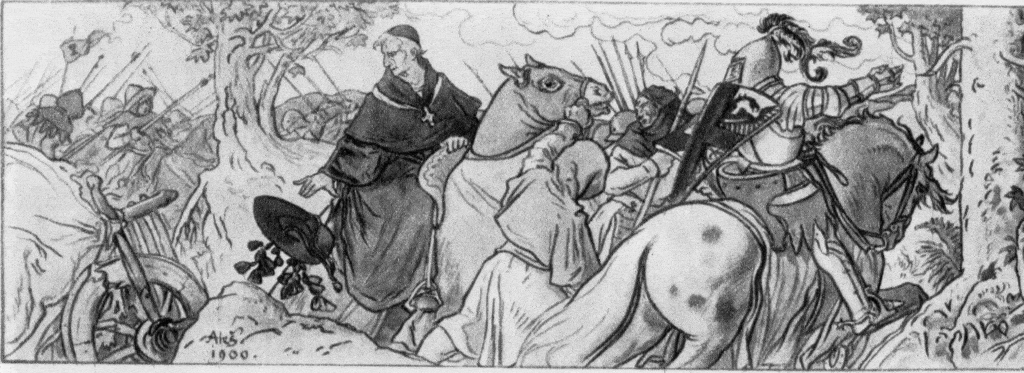
A War Ended By Treachery
As we have seen, the Utraquists and the Taborites made an uneasy alliance. The Utraquists’ willingness to flirt with reunification into Papal Christendom horrified the Taborites, and the Taborites’ social revolution disgusted the Utraquists. But they were repeatedly driven together by the course of external events. However, with the defeat at Domažlice, the final acceptance of military defeat by the Papal forces, and the opening of negotiations at Basel in which the Hussites were clearly the military victors, the pressure of external threat that was driving the heterodox Taborites and Utraquists together vanished. Soon, their divisions became gaping fissures.
Having faded into the background of the Hussite Wars, Sigismund now leaped at the chance to secure the throne of Bohemia (and therefore, don’t forget, the title of Holy Roman Emperor) with smart diplomacy rather than force of arms. Accurately sensing the divisions amongst the victorious Hussites, he cut out the Taborite Hussite representatives from negotiations, dangling the offer of a separate peace before the Utraquists, provided that they nominally recognise him as King and reconcile with the Pope. This was a master stroke: it bisected the unified Hussites, and had the potential to end the Hussite Wars with everything that Sigismund and the Utraquists wanted. Sigismund would get both the throne of Bohemia and the title of Emperor, and the Utraquists would be allowed their Bohemian Church, independent from Rome in all but name. But this settlement could only be achieved over the bones of the radical Taborites.
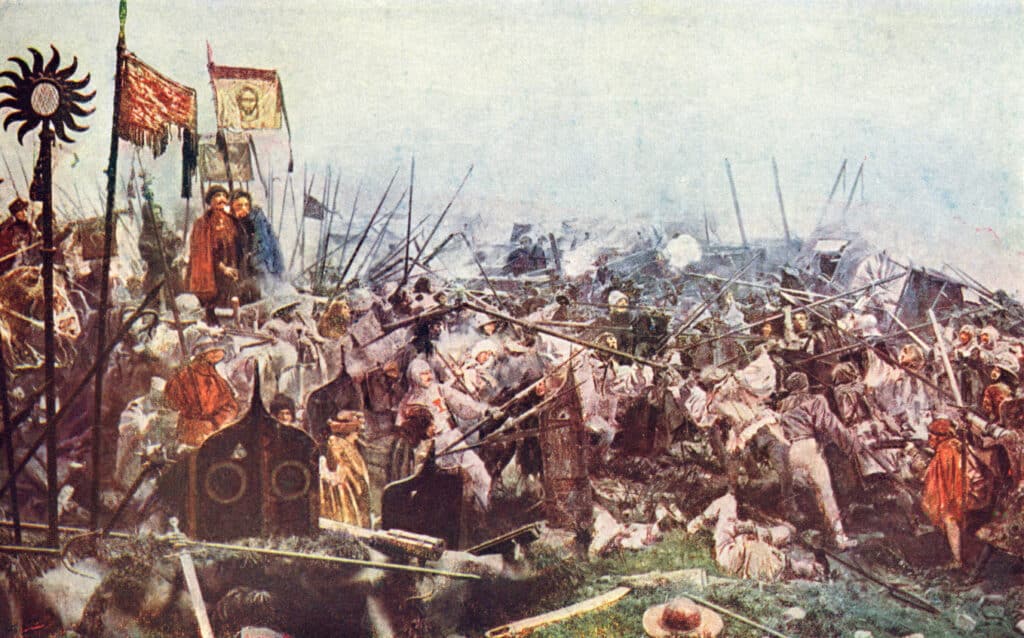
Smelling this treachery, the Taborites revolted. Facing the forces of the Bohemian League (the union of Utraquists and Catholics), the Taborites were outnumbered – but they fought fiercely to the last. Meeting the Bohemian League in the field near Lipany in May 1434, the Taborites and Orphans were led by bald Prokop the Great, and they very nearly defeated the Bohemian League forces, watching them stream away in disorder from their wagon-forts.
But, the Utraquists were Hussites themselves. They had pioneered these tactics too, and they knew how to defeat them. The ‘rout’ was a ruse, designed to lure the Taborites out from behind their wagon walls. And it worked. The Taborites, thinking their hour of victory was at hand, that the Kingdom of God was but hours away, rushed out from behind their wagon walls – and were slaughtered in their thousands as the Utraquists and Catholics suddenly wheeled about and met them with cold, hard steel. Prokop the Great and the cream of the Taborite leadership were all killed. The defeat was so total that there could be no third generation to replace these hardened war-leaders. The Utraquists stood alone, victorious – but spattered with the blood of their fellow Hussites. In the words of Sigismund of Hungary, “the Bohemians could be overcome only by Bohemians”.
Victory in Defeat; Defeat in Victory
After two years of back-and-forth negotiations, the remaining Hussite leaders signed the Compacts of Basel – the document that ended the Hussite Wars. Whilst this formally committed the Bohemians to recognising the Pope as the head of the Church, in practise the Utraquist rites were forever separated from the Catholic. The Hussites had won, at the point of the sword, their own national Bohemian Church, managed in practise by the Archbishop of Prague and his councils. The Papacy had learned better than to try to interfere with the religious affairs of Bohemians, in fifteen long years of continual defeats. The Bohemian Church became the first national church to separate from Rome, prefiguring Henry VIII’s Church of England by ninety-six years. It would remain the arbiter of its own affairs for two centuries, until the suppression of the Bohemian Revolt in 1620. But by then, the cat was out of the bag: the Reformation which it had pioneered had exploded all over Europe, and the unquestioned supremacy of the Papacy would never be reasserted.
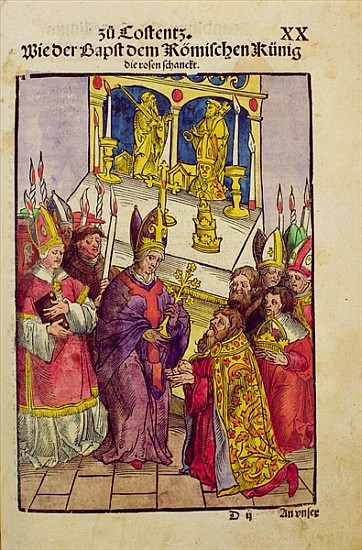
Sigismund had gotten everything that he wanted. He was crowned Holy Roman Emperor in 1436, and he ruled Bohemia as a nominally elected King – having induced the Utraquists to murder all of their fellow Bohemians who disagreed. But he would rule for only a little more than one year, dying in December of 1437. He had never been blessed with a son, his only surviving child being Elisabeth of Bohemia, whose rights to be Queen of Hungary were swiftly sidelined by the Hungarian nobility upon Sigismund’s death. He was the last male member of the House of Luxembourg, and its once-pan-European holdings dispersed with his end.
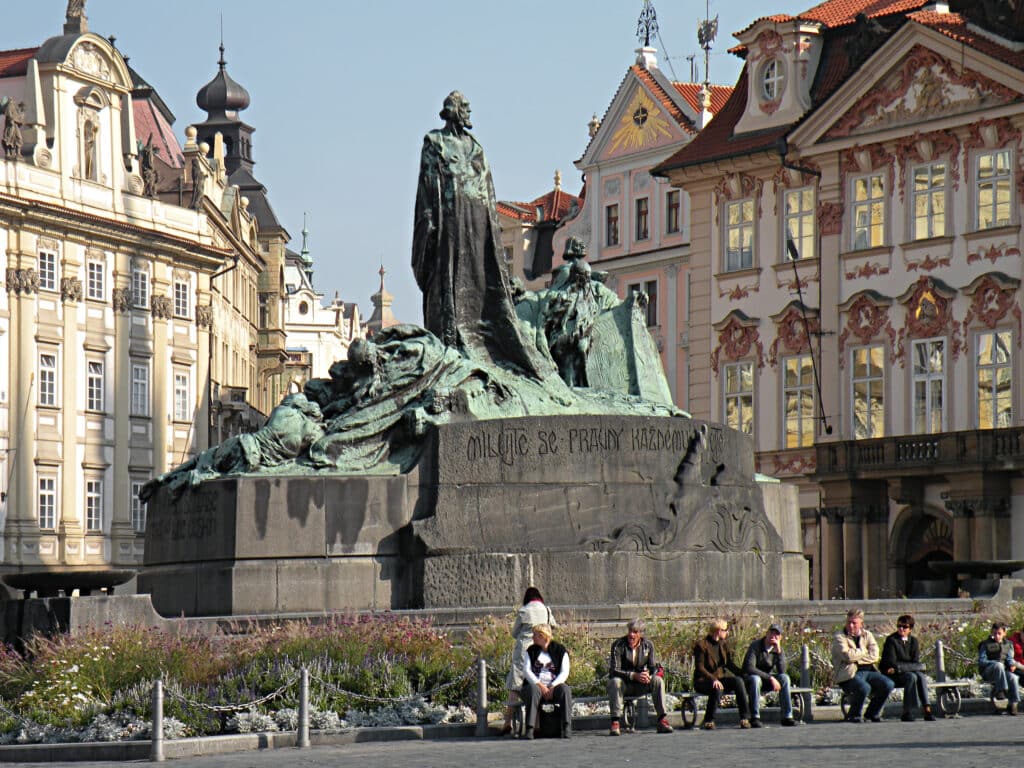
In the field of military tactics, the Hussites were the birth of the modern: the first European army to use firearms to great effect, puncturing ancient feudal tactics of armor and horse with pike and shot. But, what the Hussite Wars illustrate like few other wars, is that there is defeat in victory, and victory in defeat. Sigismund, though achieving every one of his aims and being a critical lynchpin of the Catholic reforms of his era, was not survived by his legacy. The radical Hussites, though massacred on the field of Lipany by their fellow Bohemians, sowed a tradition of rebellion that survives to this day. Czech partisans fighting the Nazi occupation during the Second World War fought as the Jan Žižka Brigade. Under Communist rule, sitting at the feet of the stunning bronze Jan Hus Monument, erected in Prague’s Old Town Square in 1915, became a means of non-violent protest. The past is never past, and victories are never quite what they appear.

 Historical Swords
Historical Swords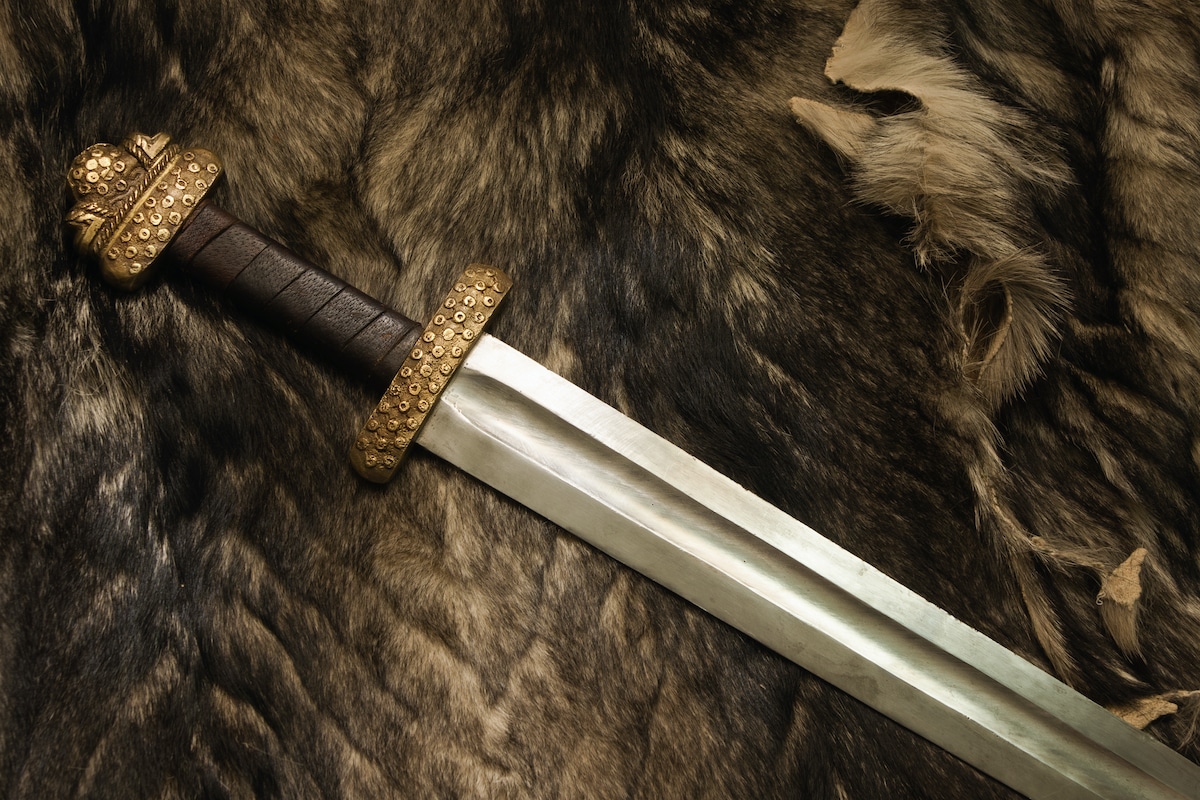 Norse & Viking Swords
Norse & Viking Swords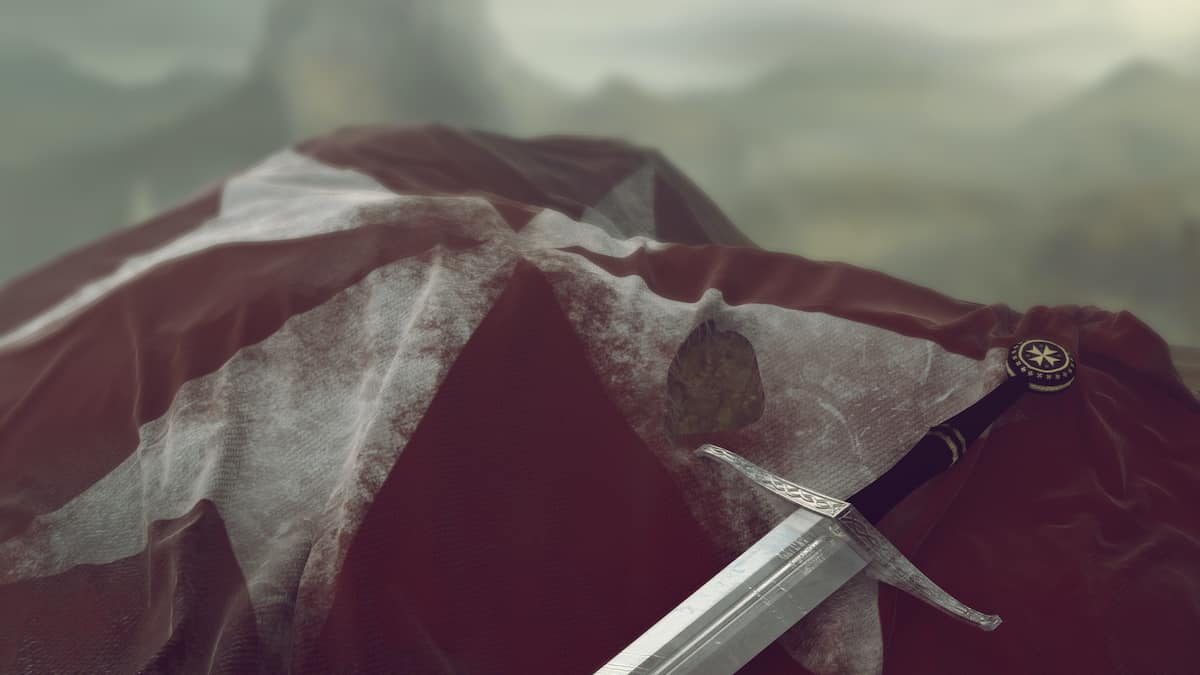 Templar Swords
Templar Swords Claymore Swords
Claymore Swords Fantasy Swords
Fantasy Swords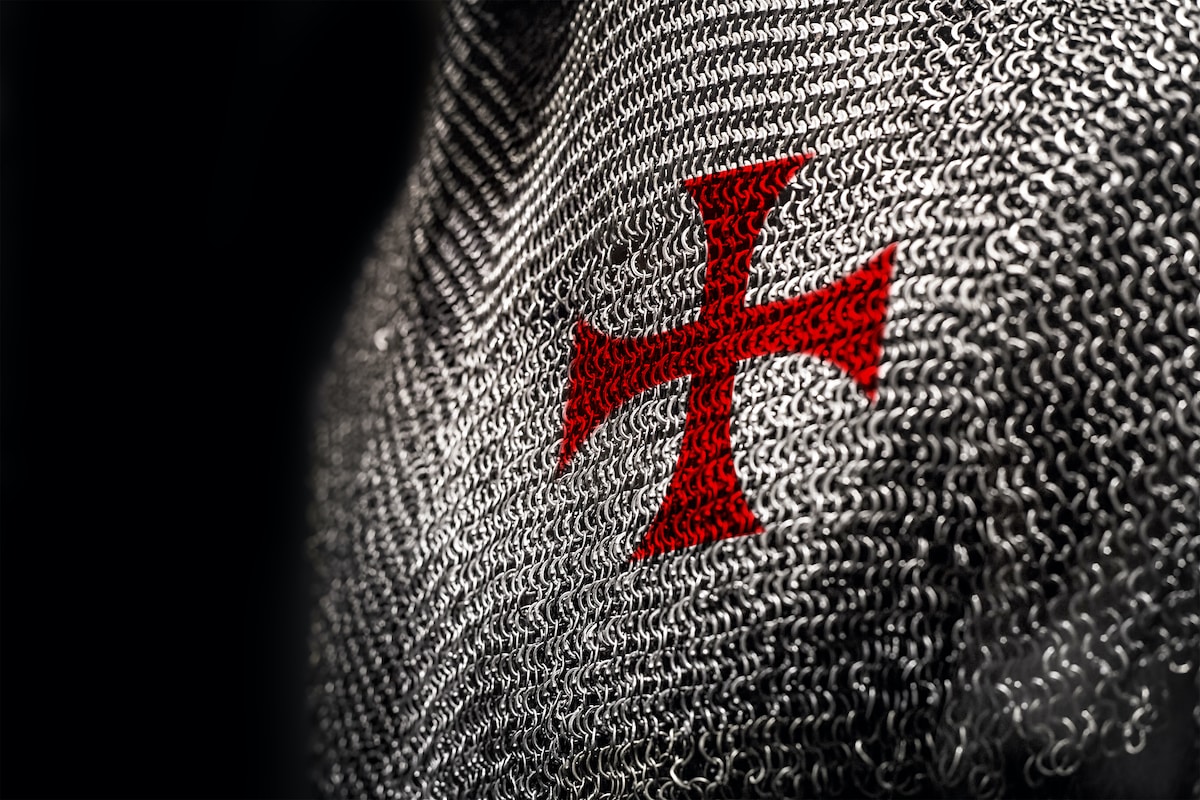 Chainmail
Chainmail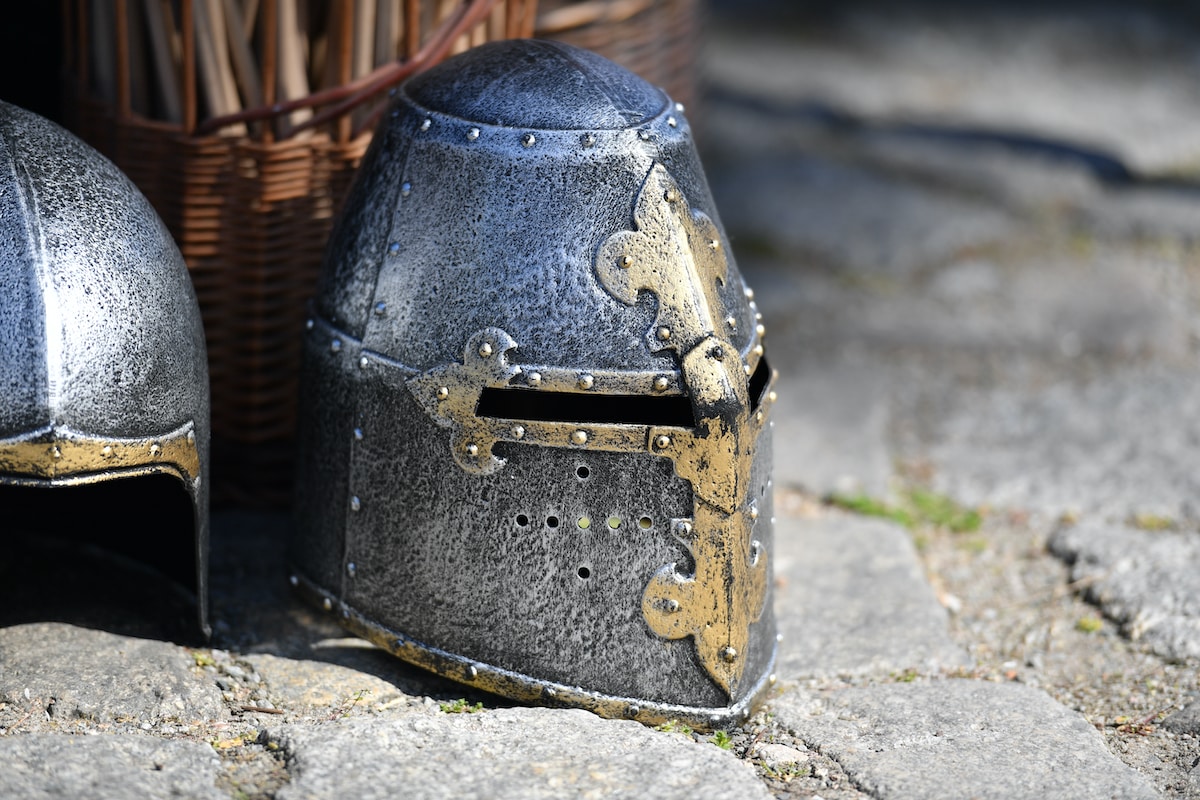 Helmets
Helmets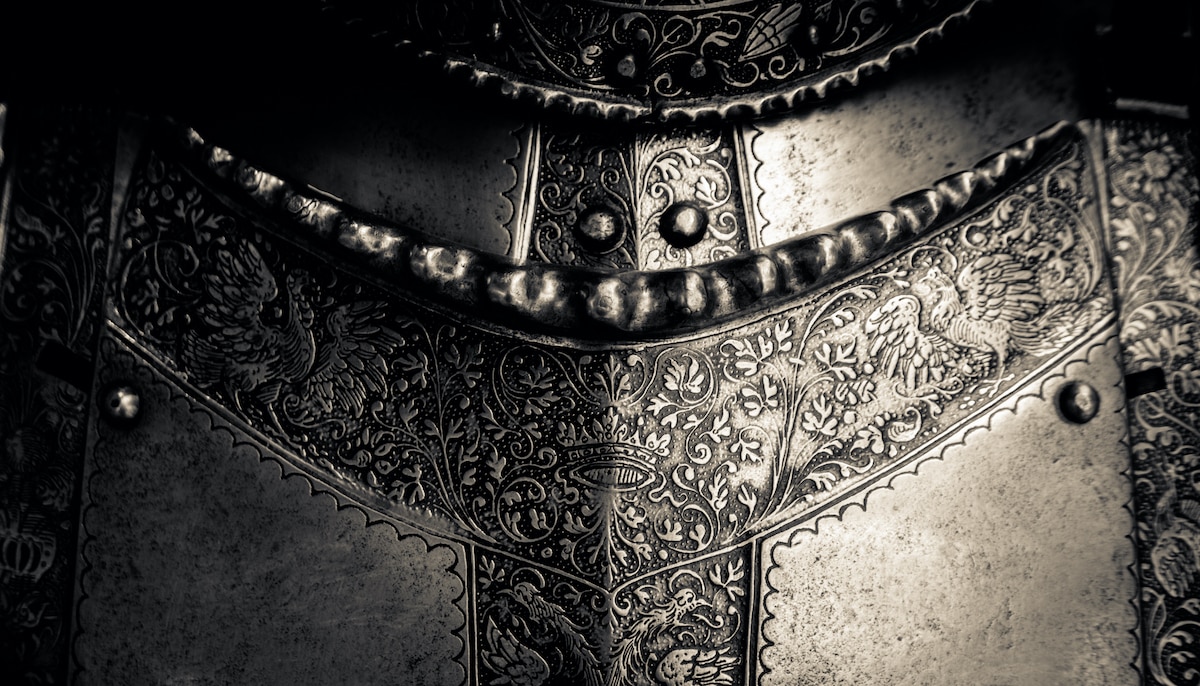 Torso Armor
Torso Armor Bracers and Arm Protection
Bracers and Arm Protection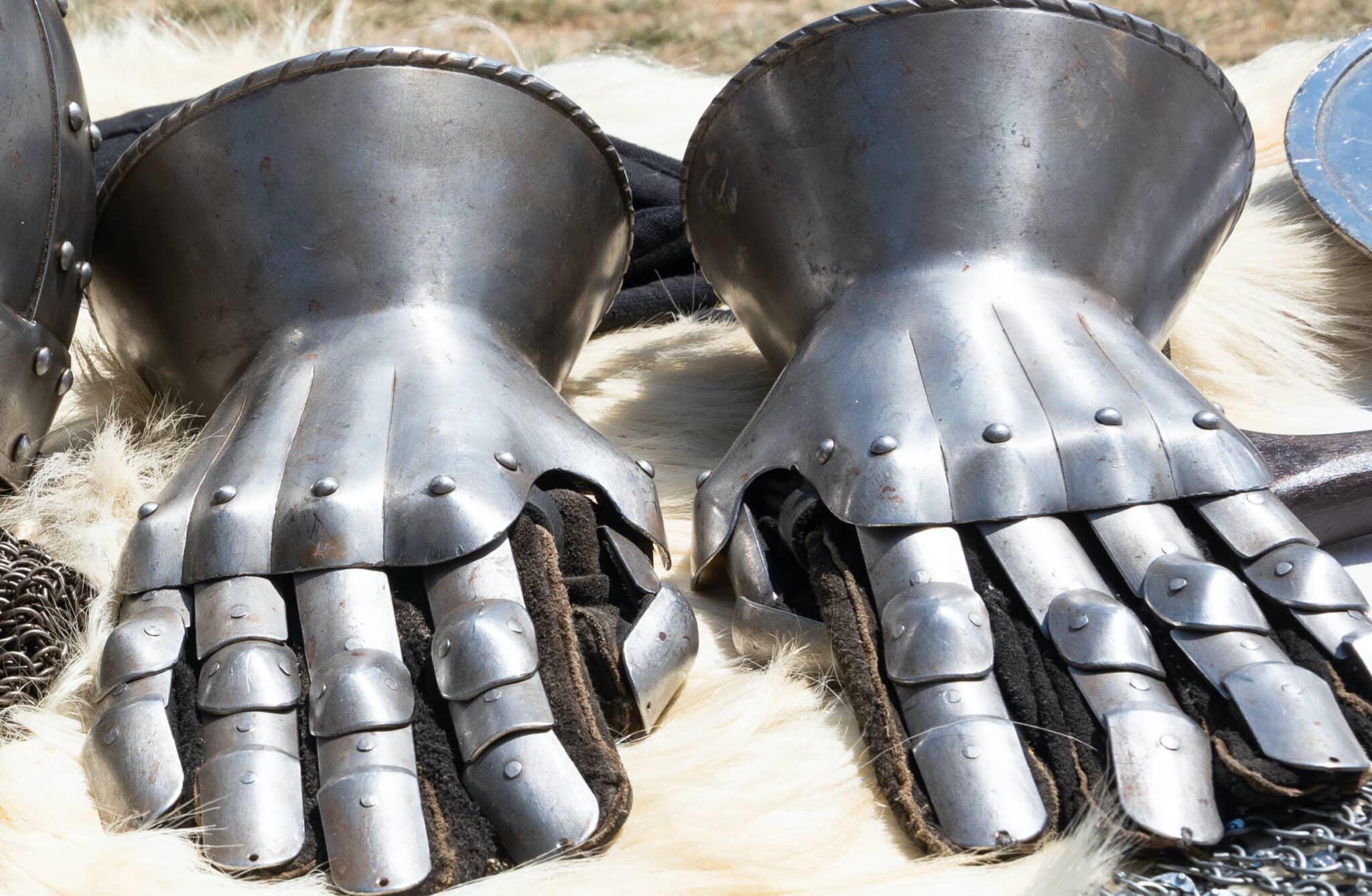 Gauntlets
Gauntlets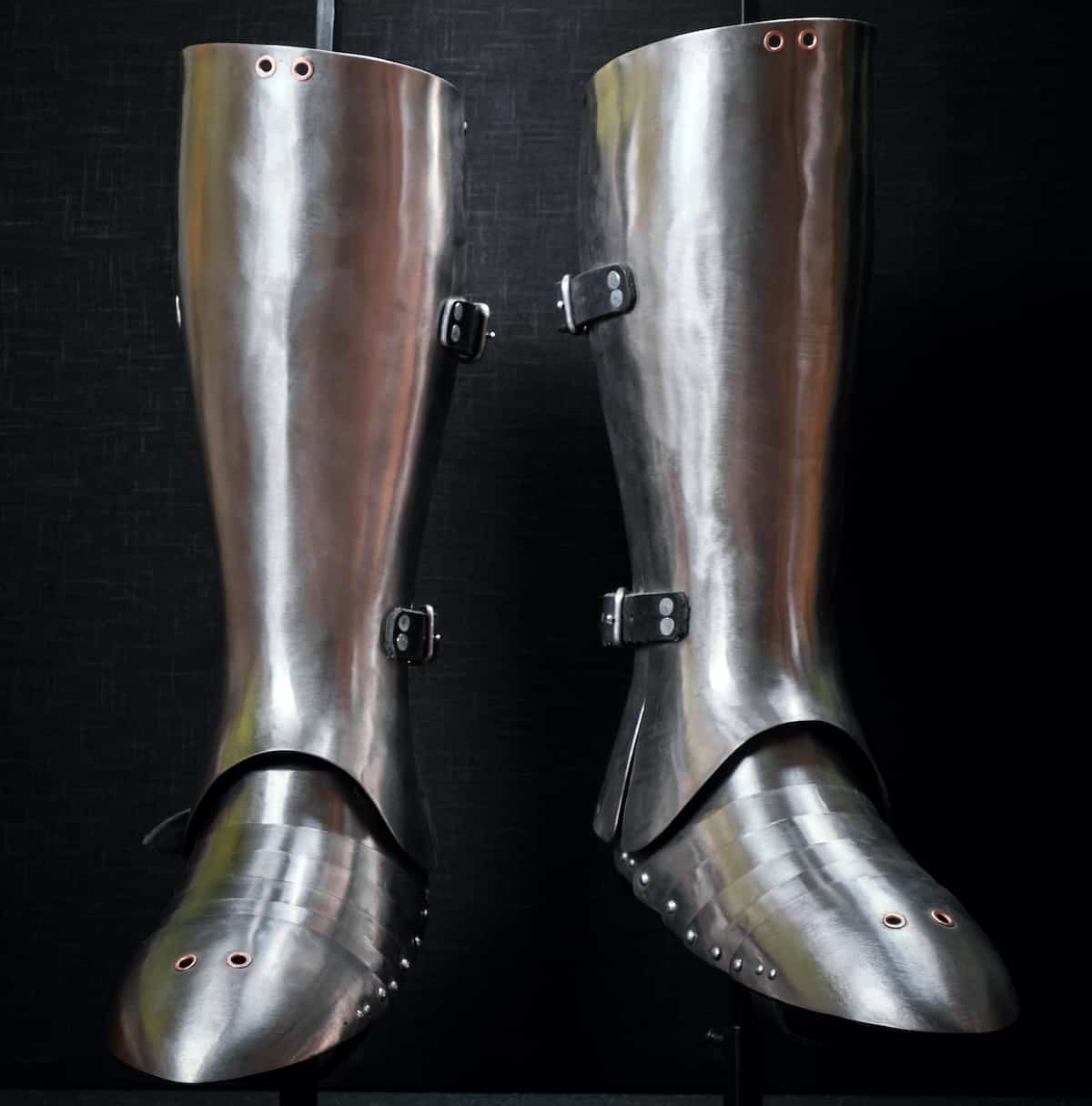 Leg Armor
Leg Armor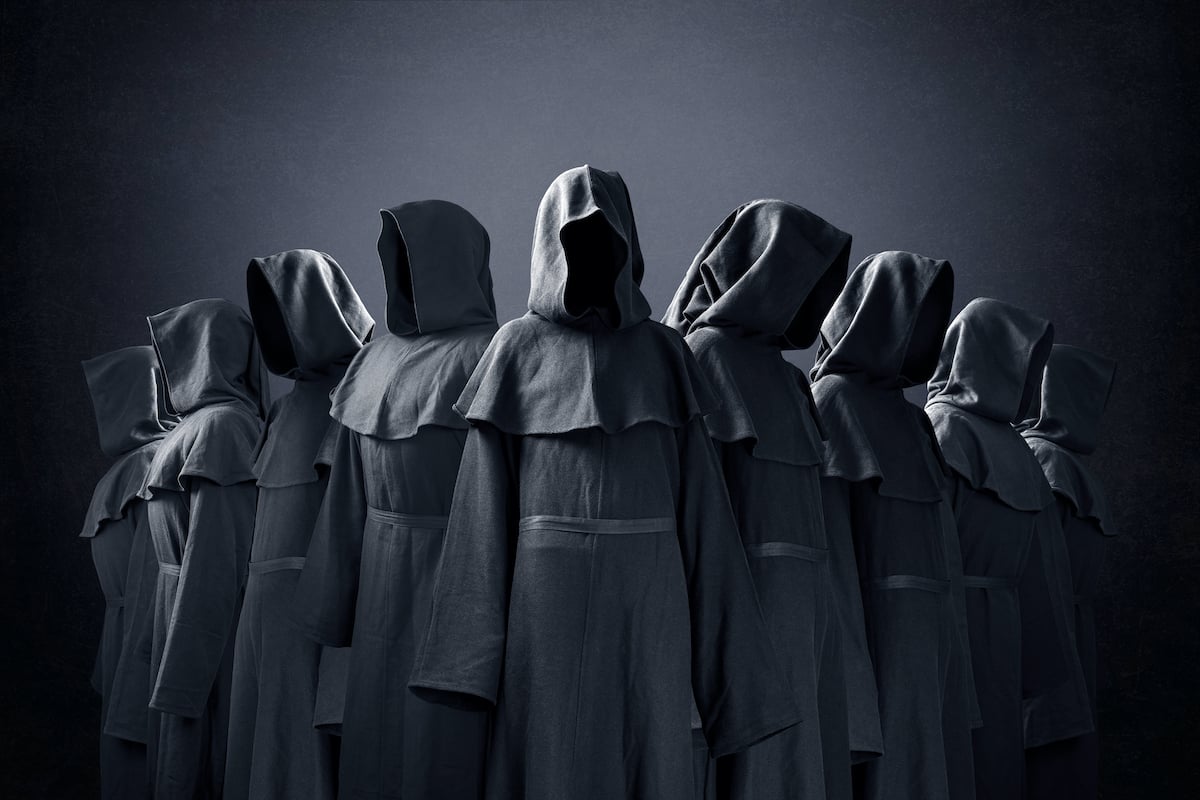 Cloaks
Cloaks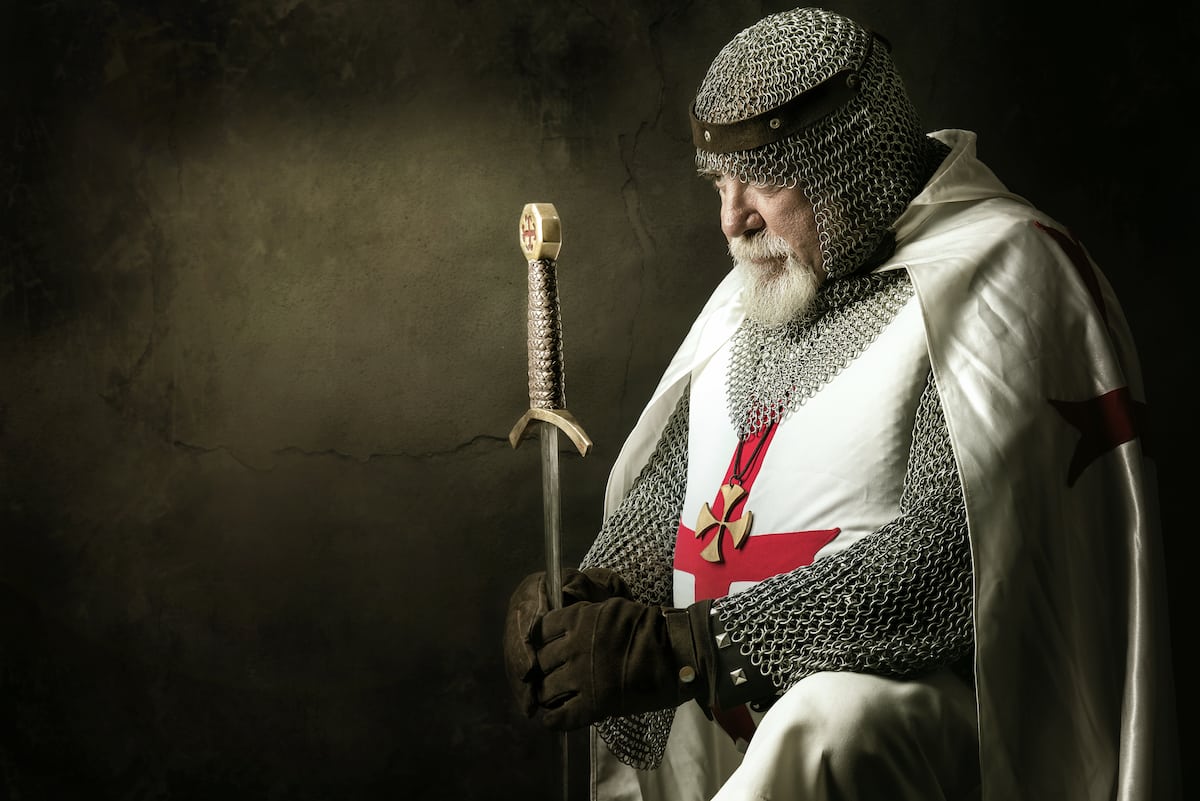 Tabards
Tabards Shirts
Shirts Tunics
Tunics Dresses
Dresses Pants
Pants Gloves
Gloves Belts
Belts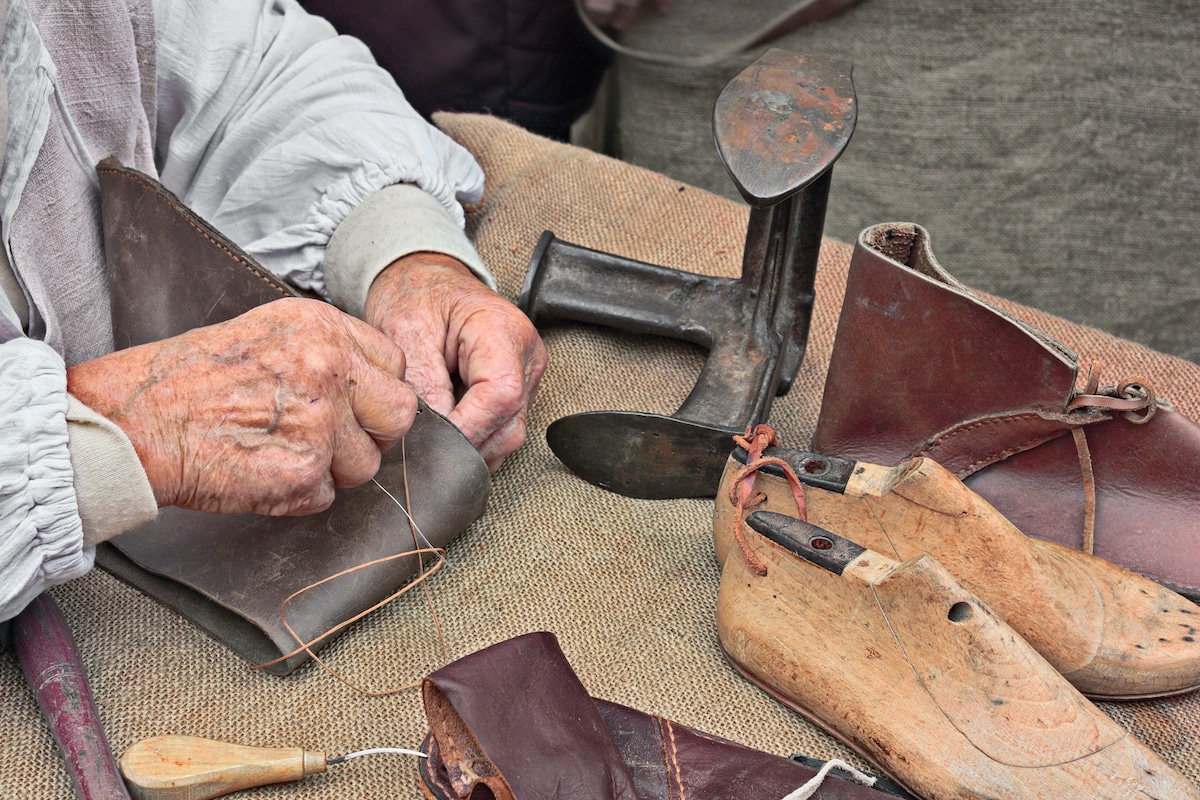 Shoes
Shoes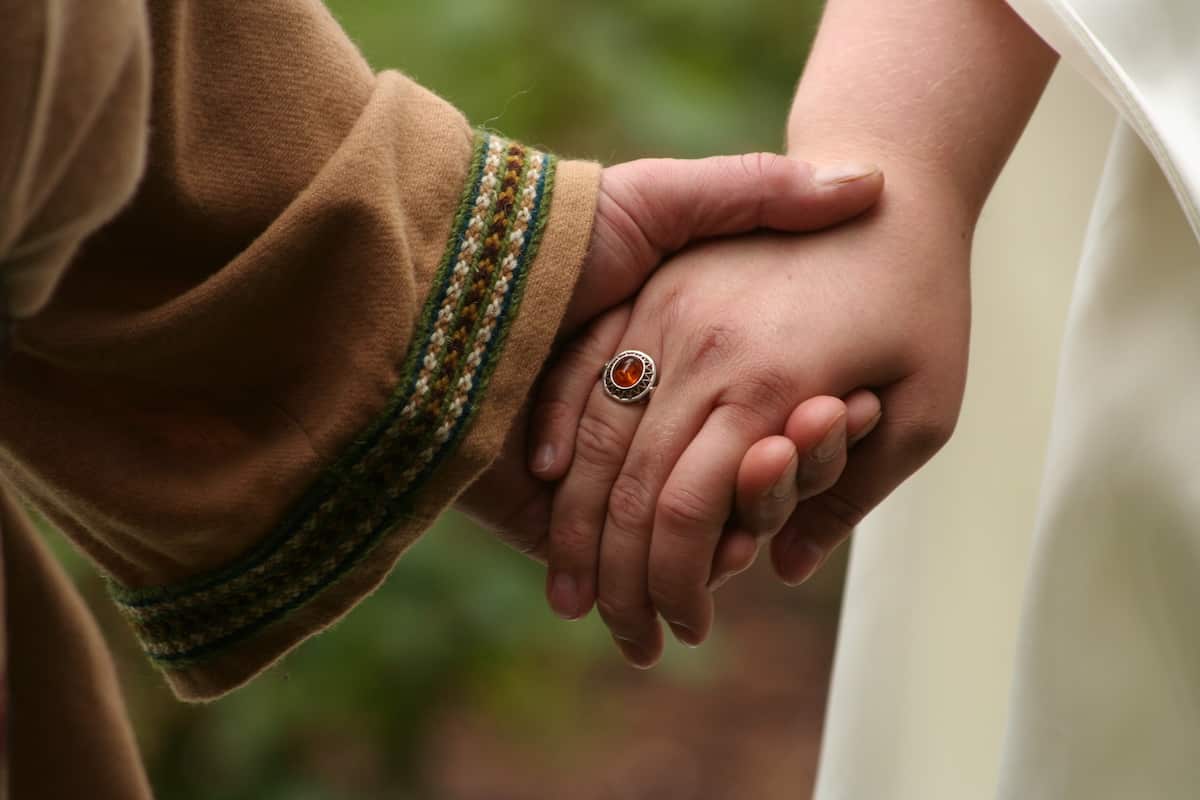 Rings
Rings Necklaces & Pendants
Necklaces & Pendants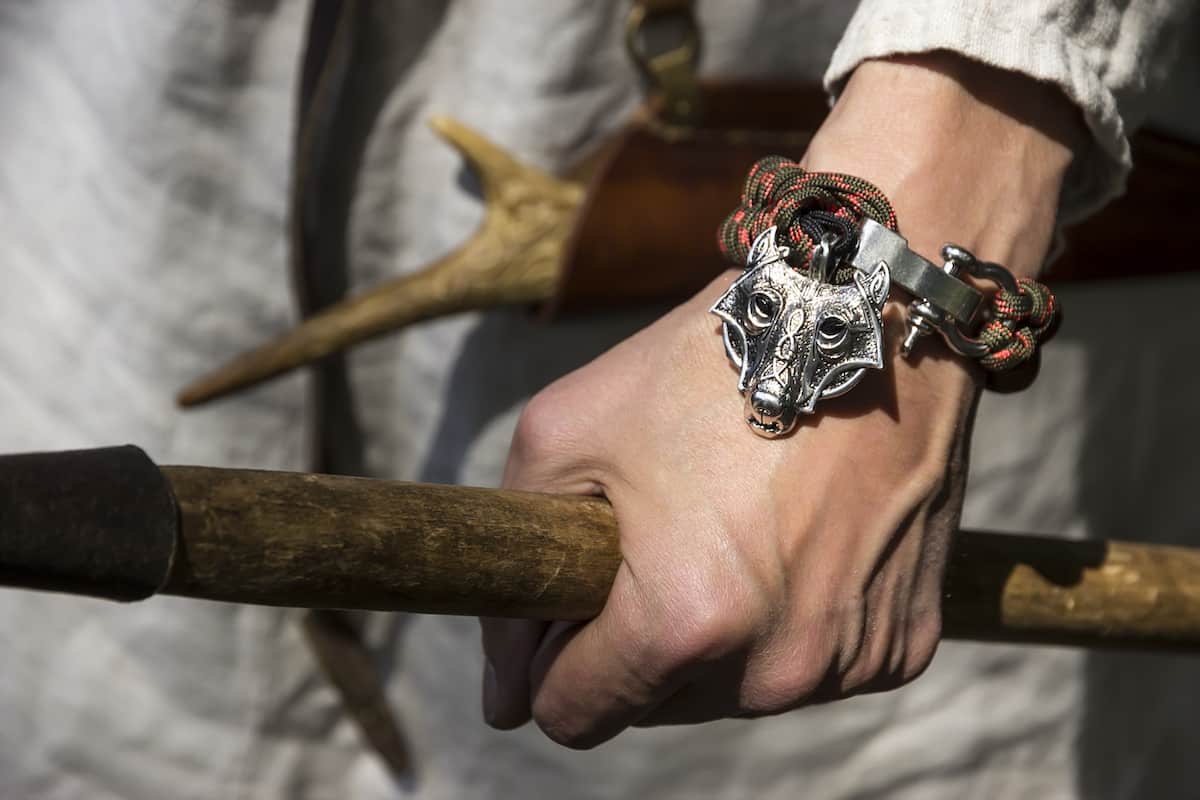 Bracelets
Bracelets